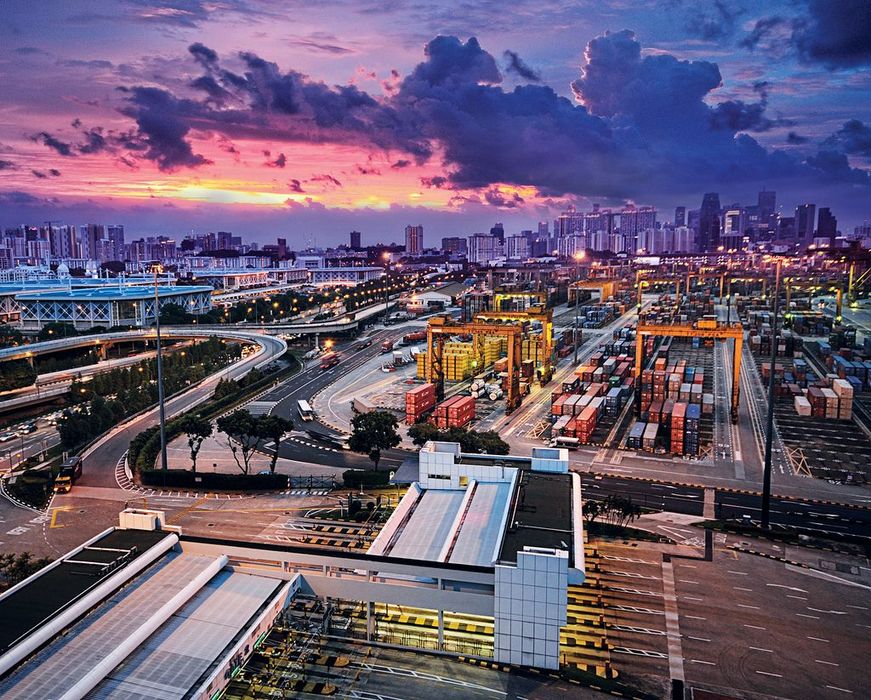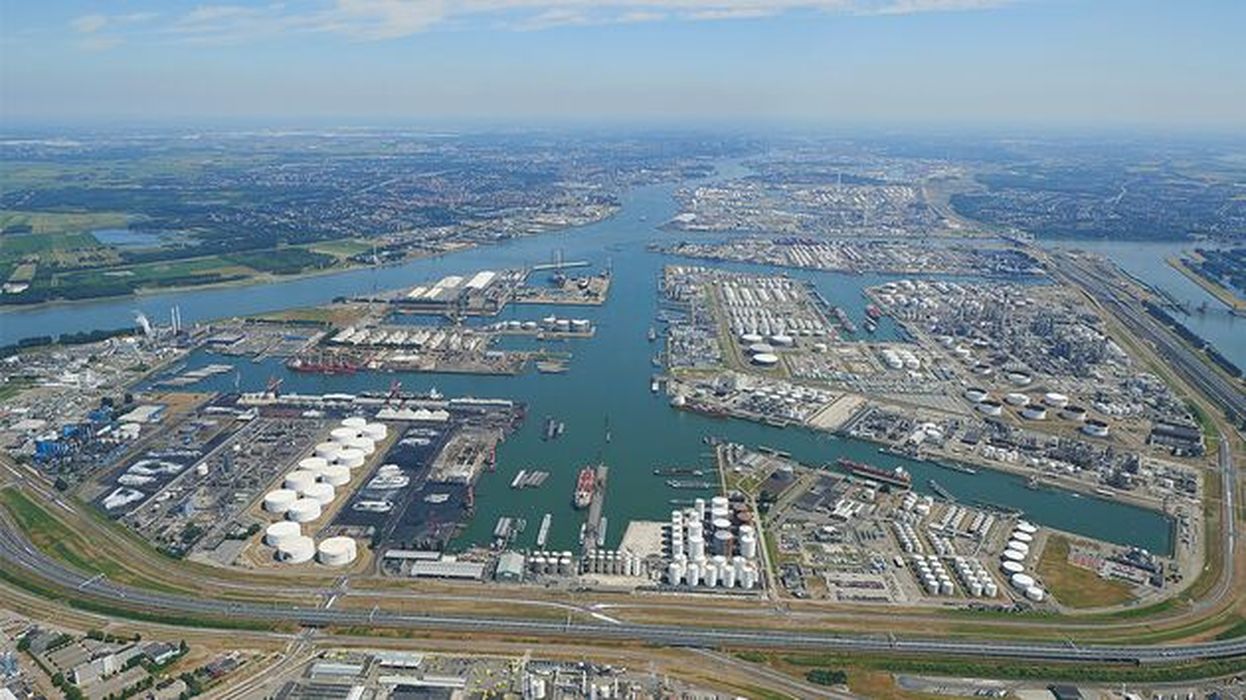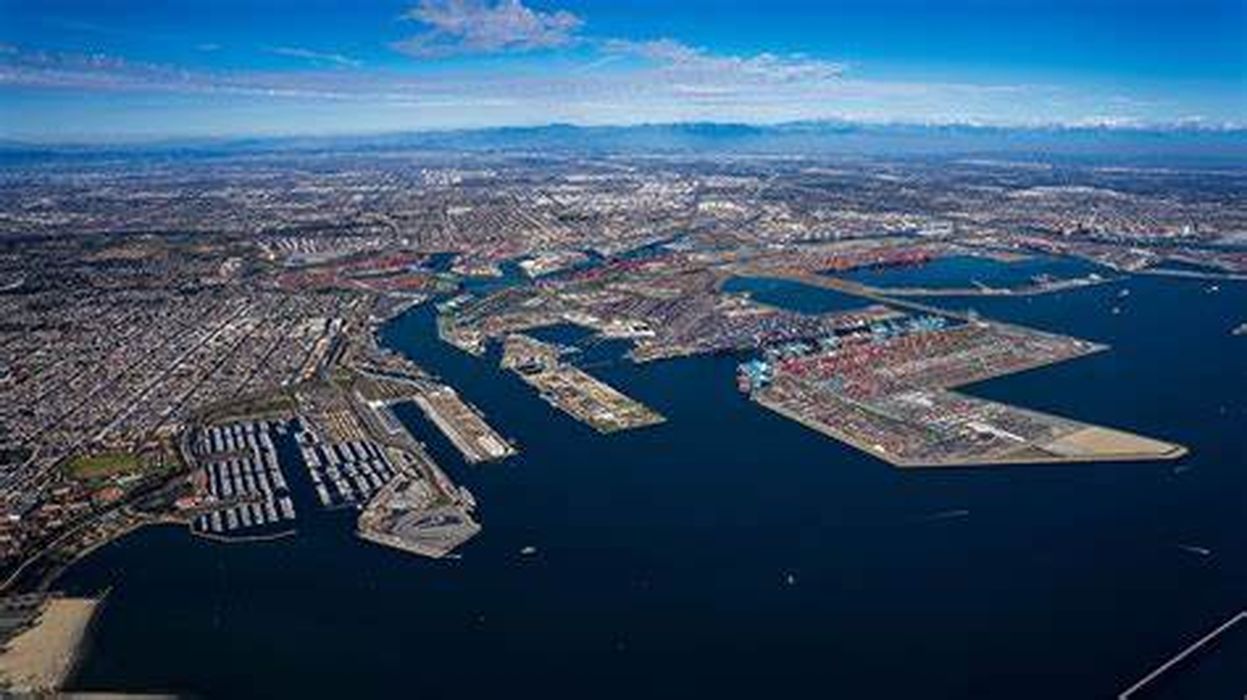
Charles R. Goulding and Preeti Sulibhavi delve into how automation and 3D printing are redefining global port operations and what this means for the workforce.
The maritime industry is experiencing a seismic shift driven by the twin forces of automation and technological innovation. As global trade evolves, ports worldwide are seeking efficient solutions to manage increasing volumes and demands. Recent labor disputes, such as the East Coast dock worker strike in the United States, highlight the tensions between labor interests and the push for automation. While dock workers negotiated significant pay raises, they also contended with management’s insistence on increasing operational efficiency. This situation illustrates the larger global trend in port automation, where countries are leveraging new technologies to remain competitive in the ever-evolving landscape of international trade.
The Global Context of Port Automation
The automation of ports is not limited to the United States. Globally, ports are embracing automation to enhance efficiency and productivity. Singapore’s Tuas Port is a leading example, recognized as the most automated port in the world. Currently undergoing a substantial expansion, the Port Authority of Singapore has recognized the need to handle larger volumes of cargo efficiently. The port is set to feature automated cranes, autonomous vehicles, and advanced data analytics systems, allowing for seamless operations.

The European Leaders in Port Efficiency
Europe is home to several ports renowned for their efficiency. Here are five notable examples:
- Port of Rotterdam, Netherlands: As the largest port in Europe, Rotterdam is at the forefront of port automation. With its fully automated container terminal, the port utilizes automated guided vehicles (AGVs) and sophisticated software systems to streamline operations.
- Port of Antwerp, Belgium: This port is known for its integrated logistics solutions and advanced technology. Antwerp has invested heavily in automation and digitalization, enabling efficient cargo handling and management.
- Port of Hamburg, Germany: The Port of Hamburg employs various automation technologies, including automated cranes and real-time tracking systems, to improve operational efficiency and reduce turnaround times.
- Port of Valencia, Spain: Valencia has embraced digital technologies, including blockchain, to enhance transparency and efficiency in cargo handling. The port is working on fully automating its container terminals.
- Port of Gothenburg, Sweden: Sweden’s largest port has made significant strides in automation, with automated cranes and an emphasis on sustainability. The port’s commitment to reducing environmental impact aligns with global trends in green logistics.
These ports exemplify best practices in automation that the U.S. ports may soon adopt. The interconnected nature of global trade means that no nation operates in isolation; the need for efficiency transcends borders.
The Parallel with the Entertainment Industry
Similar tensions surrounding automation and artificial intelligence are also evident in the entertainment industry. The recent Hollywood actor strike reflects concerns about the use of AI in filmmaking. US actors are resisting AI, however the movie industry is increasingly competitive, with production moving beyond Hollywood to places, globally, like South Korea, Colombia, and India. Just as dock workers must adapt to new technologies, so too must workers in the creative sectors.
United Parcel Service (UPS) offers a pertinent case study on how companies are balancing labor costs and operational efficiency. Following significant pay increases for employees, UPS is focusing on reducing management and administrative staff to offset expenses. The lessons learned in small parcel shipping regarding efficiency can easily translate to larger shipping containers, emphasizing the importance of adapting to new technologies.
3D Printing in Port Operations
One of the most promising advancements in port automation is the integration of 3D printing technology. This innovation is already revolutionizing ship repair and maintenance at ports. Traditionally, waiting for replacement parts can lead to significant downtime for ships, impacting schedules and profitability. However, with 3D printing, ports can produce necessary parts on-site in real time, allowing vessels to quickly return to service.
Real-World Examples of 3D Printing in Ports
- Port of Singapore: Singapore’s port authorities are investing in 3D printing to support ship repair operations. By producing components on demand, they reduce wait times and improve the efficiency of maintenance activities. This capability is particularly beneficial for marine engineers who require specific parts for repairs.
- Port of Rotterdam: The Port of Rotterdam has established initiatives to explore the potential of 3D printing in shipbuilding and repair. Collaborations with local universities and companies focus on creating spare parts and components for ships, significantly reducing lead times and costs.
- Port of Antwerp: In Antwerp, companies are experimenting with 3D printing to produce spare parts for vessels and port machinery. This initiative not only speeds up the repair process but also minimizes waste and reduces inventory costs.
- Port of Los Angeles: The Port of Los Angeles is working to partner with local manufacturers to explore 3D printing applications for maritime needs. This initiative aims to enhance the port’s supply chain resilience by enabling rapid production of essential components.
These examples highlight how ports can leverage 3D printing technology to improve maintenance and repair operations. With on-site manufacturing capabilities, ports can reduce downtime for vessels, enhance productivity, and lower operational costs.

The Future of Dock Workers in Automated Ports
The Financial Times (FT) recently put a spotlight on the issue. In an article published on October 5-6, 2024, the FT reported:
“Despite Daggett’s [President, Longshoremen’s Union] influence over US trade, he faces obstacles in his battle against automation. American ports use far fewer robotics than their counterparts overseas. Remote-controlled cranes load and unload shipping containers in the Netherlands and Australia. That has led the efficiency of US terminals to fall behind in the ranking of the world’s top-performing ports, supply chain analysts say, with none ranking in the World Bank’s top 50 slots in 2023.”
As automation becomes more prevalent in global ports, dock workers face the challenge of adapting to new technologies. While some workers may resist automation due to fears of job displacement, the reality is that automation can lead to enhanced job opportunities in other areas. Workers trained in robotics, automation, and 3D printing technologies will be better equipped to participate in the future of port operations. We wrote an article published on Fabbaloo about the use of 3D printing associated with replacing the cranes at US ports.
Training and Reskilling Initiatives
To ensure that dock workers remain relevant in an automated environment, it is essential to invest in training and reskilling initiatives. By equipping workers with the necessary skills to operate and maintain automated systems, ports can foster a more adaptable workforce. For instance, training programs in robotics, programming, and 3D printing can empower workers to transition into new roles that leverage their existing knowledge while embracing technological advancements.
The Research & Development Tax Credit
The now permanent Research and Development (R&D) Tax Credit is available for companies developing new or improved products, processes and/or software.
3D printing can help boost a company’s R&D Tax Credits. Wages for technical employees creating, testing and revising 3D printed prototypes can be included as a percentage of eligible time spent for the R&D Tax Credit. Similarly, when used as a method of improving a process, time spent integrating 3D printing hardware and software counts as an eligible activity. Lastly, when used for modeling and preproduction, the costs of filaments consumed during the development process may also be recovered.
Whether it is used for creating and testing prototypes or for final production, 3D printing is a great indicator that R&D Credit-eligible activities are taking place. Companies implementing this technology at any point should consider taking advantage of R&D Tax Credits.
Conclusion
The push towards global port automation, underscored by advancements like 3D printing, is inevitable. As demonstrated by the developments in Singapore and various European ports, the need for efficiency and adaptability is critical in today’s trade landscape. The challenges faced by U.S. dock workers mirror broader trends across industries, where resistance to change must give way to innovation and technological integration. By investing in training and embracing automation, dock workers can position themselves as integral players in the future of the global port sector, ensuring that they contribute to and benefit from the technological advancements shaping the industry.
